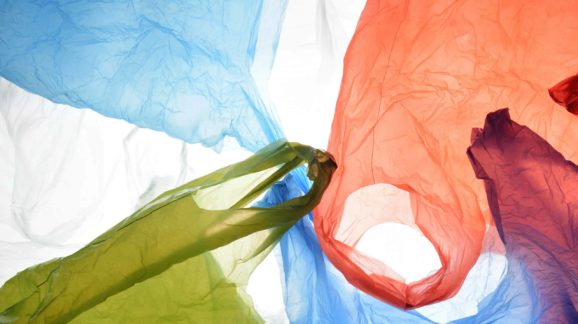Anti-Plastics Campaign Will Harm Consumers — and the Environment
Policymakers continue to miss the boat when it comes to plastics and proactive solutions to combat litter and clean up the environment — even as data continues to prove them wrong.
Bans and taxes on single-use plastics are the order of the day based on the assumption that it’s worth paying more to save resources and the environment. But as long as these products don’t end up as litter or in the ocean — problems that can be addressed without bans — more affordable, single-use plastics often have a better environmental profile than their alternatives.
The lower price of plastics reflects the fact that they require fewer resources — less energy, less water, and less raw materials — to make than the alternatives. For example, paper straws are as much as 10-times more expensive than plastic straws, according to packaging company PacknWood CEO Adam Merran. That’s because paper uses more resources associated with harvesting of timber, transporting materials, and processing it into a final product than does plastics.
In comparison, the raw materials for plastics are chemical byproducts of fossil fuel production, basically making waste products into valuable goods. They don’t require farming, mining, or harvesting for production. In addition, plastics are lighter in weight than many alternatives, so their transport is much more energy efficient, reducing costs further.
Yet for some reason, most policymakers don’t understand basic economics. Fortunately, there are other tools that can help them understand, such as life-cycle assessments (LCA). LCAs consider each product’s environmental impact from cradle (production) to grave (disposal), and they provide solid data policymakers should heed before banning plastics. These studies validate what price signals already illustrate: Lower priced plastic products have smaller environmental footprints than their alternatives.
Consider plastic grocery bags: They are far less bulky than paper bags, which means you can transport more bags in fewer trucks — saving energy, making less air pollution, and eventually requiring less landfill space than paper bags. According to one plastic bag retailer, if his company switched to paper bags to meet a state ban on plastic bags, he would need four- to eight-times more warehouse space to store them and would have to fill four to eight more trucks to deliver them.
Statistics developed from LCAs quantify these values. According to a 2008 Progressive Bag Alliance study: Single-use polyethylene plastic grocery bags use 71 percent less energy than paper bags; paper bags require 96 percent more water; paper makes about 86 percent more solid waste than single-use grocery bags; and single-use grocery bags generate 39 percent fewer greenhouse gas emissions than regular paper bags.
Only when reusable bags are used many times do they yield any net environmental benefit, and few people use them long enough. For example, a 2019 RECYC-QUÉBEC study noted that cotton bags are “not recommended,” as they require “between 100 and 2,954 uses for its environmental impact to be equivalent to the environmental impacts of the conventional plastic bag.”
University of Victoria chemistry professor and researcher Martin Hocking produced a seminal LCA regarding polystyrene foam cups, finding that, as with grocery bags, alternatives must be used many times more before they have a lower environmental impact. For example, a reusable ceramic cup must be used 1,006 times, a glass cup 393 times, and reusable hard plastic cup 450 times before any one of these products can match the environmental performance of the foam cup. So, a reusable cup could potentially be better, but if it’s likely to break or be thrown away before those many uses, it is worse for the environment than a foam cup.
Read the full article at Real Clear Policy.
